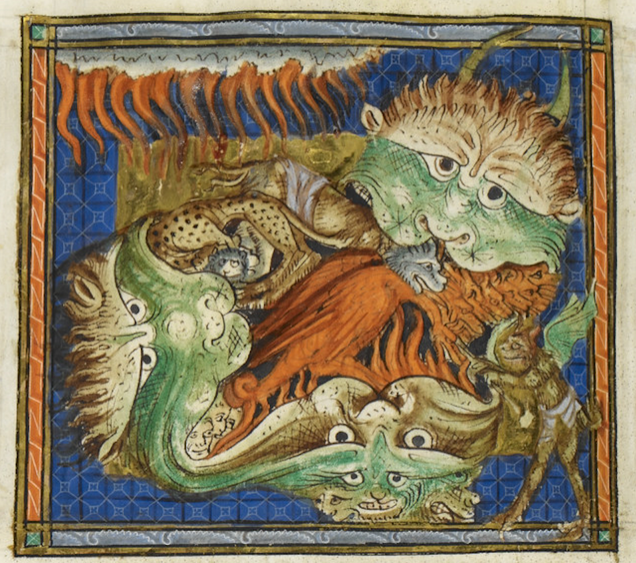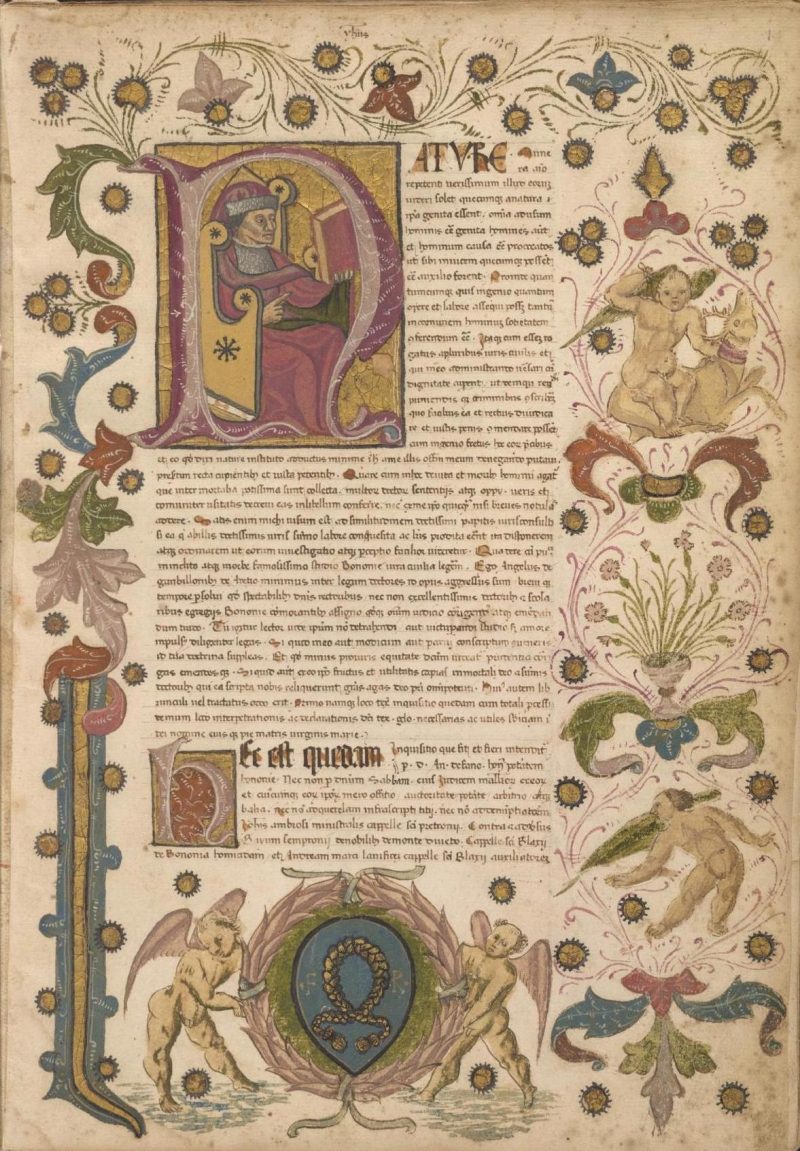

This involved introducing small amounts of new material.

Occasionally, to cover large errors, a scribe would paste over a sheet of paper or parchment with the new, corrected text, in the way that the Soviet government did to get rid of Beria and add the Bering Strait. Agnes in Delft, whose sisters both wrote and illuminated manuscripts, was an exception and therefore had white paint on hand.) Paint was kept in painters’ ateliers instead. In the period after 1400, this method was employed seldom because scribes were writing in ateliers in which there was no paint. Using this method indicates that the scribe had access to thick, lead-based white paint of the sort used by illuminators. The parchment here is so thin that it would not have withstood scraping with a knife, which may explain why the copyist chose instead to cover over her errors with a layer of white. Agnes in Delft on very fine parchment has employed this technique (fig. A manuscript probably made at the convent of St. Image © AuthorĪ little-known way of correcting the text was to use the medieval version of typewriter correction fluid. Agnes in Delft revealing text painted out and corrected. 38 Folio in a breviary made by the convent of St. The scribe probably did this without taking the book apart.įig. The English scribe has scraped out the offending passage but then has reinscribed the ruling in the erased section using bright red, and then used a dark brown ink to write the correct words.

#Medieval manuscripts illuminated professional
Ii.6.2), the English owner found an error in the manuscript and must have taken the book to a professional copyist to have the problem rectified (fig. In the Bruges book of hours, made for English export explored above (Cambridge, UL, Ms. An example is a child’s ABC, written in the Southern Netherlands in the fifteenth century in silver and gold letters on stained parchment, in which the repeated words “adveniat regnum” have been expunctuated with gold dots (New York, Columbia University, Plimpton Ms. If he caught the error after one or more lines of text were already inscribed, he could “expunctuate” it, that is, make little dots under a wrong word, signaling the reader to ignore it. If the scribe caught an error immediately, he could scrape it out and write over the now-velvety and slightly weakened parchment. The knife was for sharpening the quill, but also for scraping out errors. How does someone amend the text once it’s already neatly formed in the text block? Early medieval author portraits show that the scribe wrote with a pen in one hand and a knife in the other. In this part, I systematically work through the types of additions they could make to the book without rebinding. Book owners, or the scribes they hired, could simply write in these blank spaces without having to take the book apart.
#Medieval manuscripts illuminated full
But many votaries wanted a full book, and they took opportunities to fill up any blank space. Nearly all manuscripts, whether they were made modularly or not, also have blank space at the very beginning and very end of the book, in the form of flyleaves and paste-downs. My discussion thus far has shown that the modular way of making manuscripts multiplied the amount of blank space in them, which owners often desired to fill. Initially they were done on Palm leaves and later the work was done on paper.Senior Lecturer in Art History and Medieval Studiesįrom Piety in Pieces: How Medieval Readers Customized their Manuscripts Introduction

These paintings were very much influenced by the mural paintings that originated during the latter half of the 8th century. The actual, miniature painting started taking form in the Western Indian Himalayas during 17th century AD. The technique of painting miniatures in enamel on a metal surface was introduced in France in the 17th century and perfected by Jean Petitot. Who developed the art of miniature painting? Illuminated manuscripts were produced between 11, with monasteries as their earliest creators. The pages were made from animal skin, commonly calf, sheep, or goat. Illuminated manuscripts are hand-written books with painted decoration that generally includes precious metals such as gold or silver. They have no weapons with which to fight those above them, and they are base creatures struggling to win against those who have a better lot in life. 4) The snails represent social climbers / poor vs rich The knights represent the higher levels of society, whereas the snails are the poor masses.


 0 kommentar(er)
0 kommentar(er)
